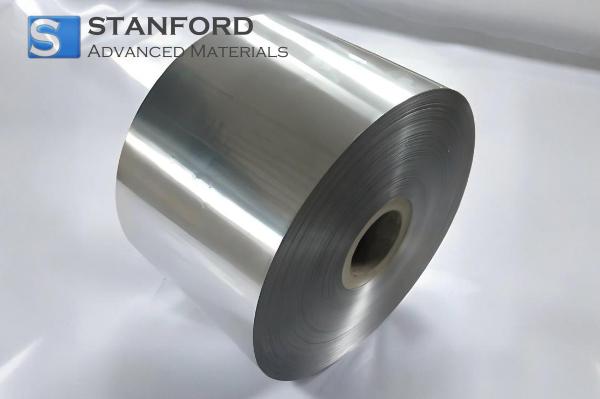Mercury: Element Properties And Uses
Description
Mercury is an element that exists in liquid form at room temperature. It exhibits specific chemical reactivity and is applied in various industrial processes.
Introduction to the Element
Mercury is one of the elements found in nature that exists in a liquid state under standard conditions. With an atomic number of 80, it occurs naturally in cinnabar ore and has been utilised in laboratory instruments, including thermometers, as well as in devices employed in industrial processes.
Chemical Properties Description
In its elemental form, Mercury remains stable. It forms amalgams when it comes into contact with other metals. This property is used in processes such as gold extraction through amalgamation techniques, whereby measured quantities are processed. When heated, Mercury reacts with oxygen and forms mercury(II) oxide, a compound that decomposes with further heating to release Mercury vapour.
Mercury exhibits moderate reactivity under ambient conditions. However, its compounds are toxic. Therefore, strict safety procedures must be followed in laboratory or production environments to avoid adverse impacts on human health and the environment.
Physical Properties Data Table
|
Property |
Value |
Unit |
|
Melting Point |
-38.83 |
°C |
|
Boiling Point |
356.73 |
°C |
|
Density |
13.534 |
g/cm³ |
|
Atomic Mass |
200.59 |
g/mol |
|
Electrical Conductivity |
Moderate |
S/m |
Further information is available at Stanford Advanced Materials (SAM).
Common Uses
Mercury is utilised in both industrial and scientific domains. It is applied in thermometers and barometers, where its liquid state facilitates the measurement of temperature and pressure.
Mercury is also employed in electrical switching devices and fluorescent lamps due to its documented thermal and electrical conductivity. Although environmental and health regulations have prompted the restriction of its use, Mercury continues to be used in controlled scientific instruments and industrial processes. Its capacity to conduct heat and electricity supports precise measurement tasks. Alternatives are occasionally adopted, but Mercury remains in use in certain established systems where these properties are required.
Processing Methods
The extraction and processing of Mercury is carried out using cinnabar ore, the primary source of the element. The standard procedure involves roasting the ore in the presence of oxygen. Consequently, mercury sulphide is converted into Mercury vapour, which is then cooled and condensed to produce liquid Mercury. Modern processing methods incorporate several purification steps, thereby ensuring that the Mercury meets strict industrial quality standards.
Frequently Asked Questions
What is Mercury?
Mercury is a metal that remains in liquid form at room temperature. It is defined by quantifiable physical parameters and chemical properties.
Why is Mercury used in industrial applications?
Mercury is used because it demonstrates measured thermal and electrical conductivity and maintains a liquid state under standard conditions. These properties enable its use in devices such as thermometers, switches, and various chemical processing systems.
How is Mercury extracted from its ores?
Mercury is extracted from cinnabar ore by roasting the ore in the presence of oxygen. This process converts mercury sulphide into vapour, which is subsequently cooled to yield liquid Mercury.
What safety concerns are associated with Mercury?
Mercury poses safety concerns owing to its toxicity. Consequently, regulated safety measures are implemented to minimise exposure and environmental impact.
What measures are taken to reduce Mercury exposure?
The industry applies containment and purification techniques, as well as substituting Mercury in certain applications, thereby reducing the risks associated with its use.

 Bars
Bars
 Beads & Spheres
Beads & Spheres
 Bolts & Nuts
Bolts & Nuts
 Crucibles
Crucibles
 Discs
Discs
 Fibers & Fabrics
Fibers & Fabrics
 Films
Films
 Flake
Flake
 Foams
Foams
 Foil
Foil
 Granules
Granules
 Honeycombs
Honeycombs
 Ink
Ink
 Laminate
Laminate
 Lumps
Lumps
 Meshes
Meshes
 Metallised Film
Metallised Film
 Plate
Plate
 Powders
Powders
 Rod
Rod
 Sheets
Sheets
 Single Crystals
Single Crystals
 Sputtering Target
Sputtering Target
 Tubes
Tubes
 Washer
Washer
 Wires
Wires
 Converters & Calculators
Converters & Calculators
 Write for Us
Write for Us




 Chin Trento
Chin Trento



